Copy axes
-
Make version of SU.
Is there a simple copy axis from a to b plug-in anywhere? I do a fair amount of mirroring components -- copy, make unique, scale -1, rename -- and the only solutions I know of to reset the axis of the component to match the model is either to explode and rebuild it under its new name or use the clumsy axes tool.
Those steps are ok when it's a one level component (or group) but I often have multi-level components which means I have to reset the axis on each level. I don't like having to rename each scaled component... no way around that I guess, but I sure would like a 1-2-3 (get function, this to that) mouse click way to change a bunch of axes.
Any suggestions?
-
-
@genma saotome said:
Make version of SU.
Is there a simple copy axis from a to b plug-in anywhere? ......
Any suggestions?No plugin needed to copy axes to use in another situation (even some levels deeper or higher).
Create a scene saving only (see*) the axes position and orientation. Fromn there on you can "call" these axes
any time you need them by clicking that specific scene tab. This doesn't interrupt the operation you are using.(*) Save the scene with only 'Axes Location' checked in the 'Scene Manager' window.
If this isn't working for you, please provide an example to show your case.
-
The problem I see is when you do a -1 scale function on a component or group -- to mirror it -- its axis does not stay as oriented as it was... it mirrors as well. That causes me big problems later on after I export the model out of SU.
What I need is a simple way to get the axis of the mirrored component to revert back to the way it was -- normally identical to the axis of the model.
I've looked at the axe_tool and while it will be nice to use in other situations it does not change the orientation, only it's location.
So what I am hoping to find is a function (or plug-in) that will copy the axis orientation of the model and apply it to a component using the fewest number of mouse clicks... really tight... something like click on component whose axis needs to be reset, invoke function, done... nothing else required.
@wo3Dan: Is your idea more than just seeing an example of what the axis should look like?
-
There are extensions that can set the axes to align to the model axes. Search through the Sketchucation Plugin Store using the word Axis as a search term.
But, if you change the axes on the mirrored instance of the component, the original instance will get its axes changed and you'll be right where you started. So you'll first have to make each instance unique thus breaking the relationship with the other instances. Is that alright?
-
@dave r said:
There are extensions that can set the axes to align to the model axes. Search through the Sketchucation Plugin Store using the word Axis as a search term.
I'll look again.
@dave r said:
But, if you change the axes on the mirrored instance of the component, the original instance will get its axes changed and you'll be right where you started. So you'll first have to make each instance unique thus breaking the relationship with the other instances. Is that alright?
Yes, I'm aware of that and so I do make the mirrored component unique and from that give it it's final name. Tedious but necessary. A quick fix to the axis will save me from having to explode each component and rebuilding it, something that occasionally causes problems from lines intersecting when I'd rather they did not.
-
i'm not quite sure of the result you need, but Tig's Originate Component Axes will move all axes to the origin and make the components unique in one go.
http://sketchucation.com/pluginstore?pln=TIG_originatecomponnetsaxes

-
I can think of a few situations where relocating the origin would be handy, but that's not what I'm looking for right now.
Some pictures:
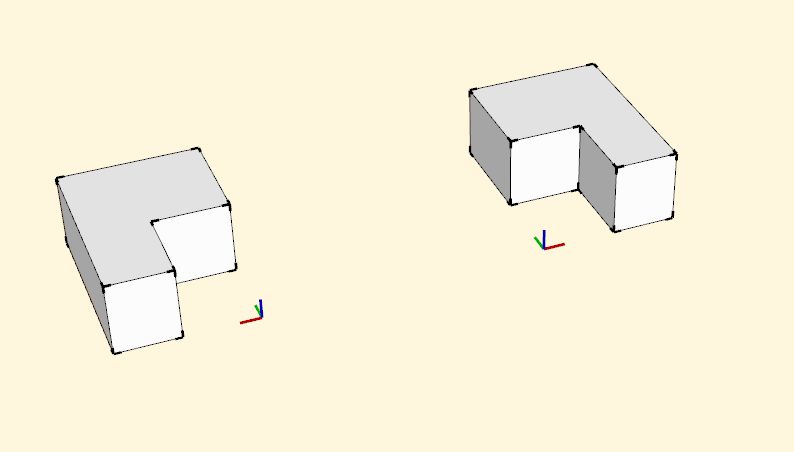
The component on the right is the original one. That on the left was created with a copy/paste plus make unique, plus scale -1. It's origin is in the correct location but is incorrect because it was flipped.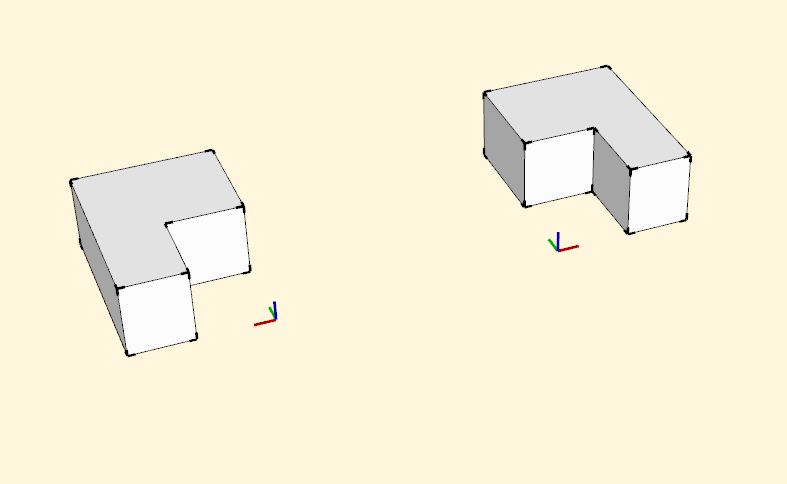
Here the axis has been corrected. I used a plugin I found the other day called Center of Component -- it worked -- but I find it pretty easy to get confused over which was is right or left, near or far... it's not always obvious. If it had one more function -- Match orientation of model -- w/o moving the axis, it would be perfect for all situations.Same issue with another one I looked at, Axes Tools -- straightforward choices (I know I'll use it when I need the axis on bottom center) but when your in the middle of things knowing right from left, again, isn't always obvious. Again, a choice to simply reset it the model orientation, where it is at present, is what I'd like to see.
Both are good, just not as sure-fire simple as I'm hoping to find.
-
Perhaps it's me but I can't see any difference in your two images.
-
Like Box, I can't see any difference between your two images. But I think I understand what you want?
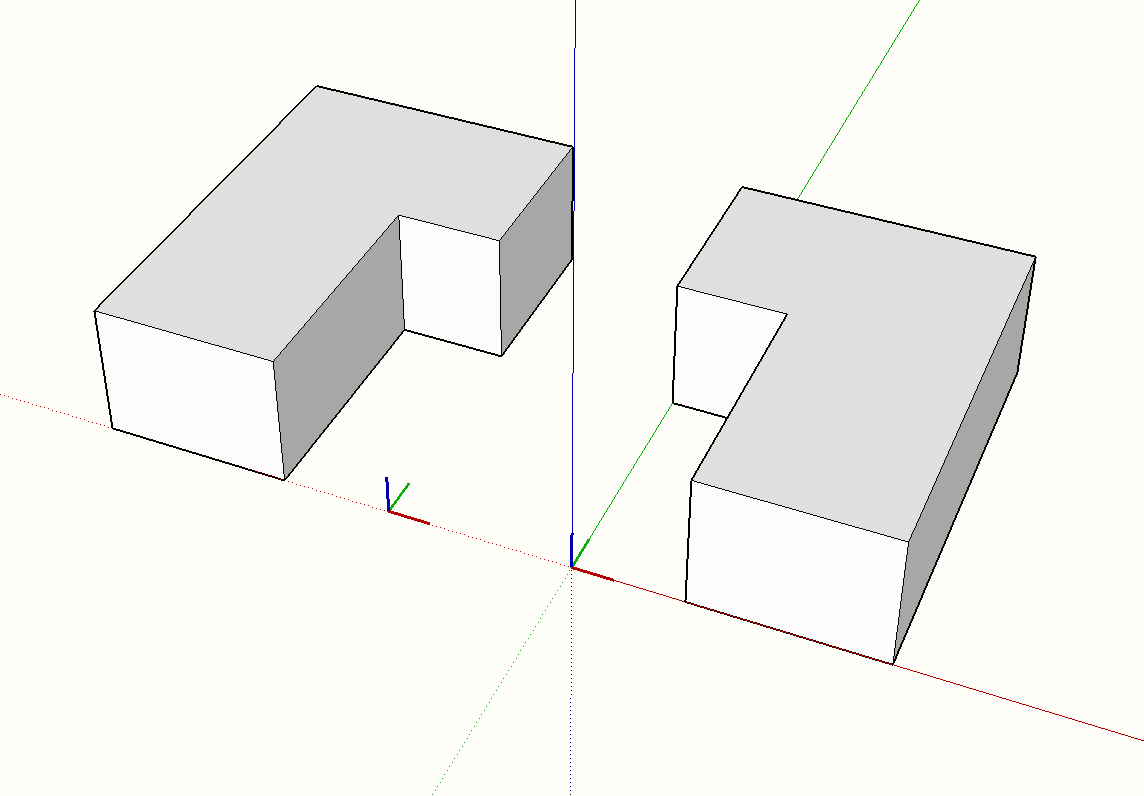
The problem is that the component axes are what define the locations of the geometry within the ComponentDefinition. When you place a ComponentInstance, you apply a Transformation to the ComponentDefinition, which takes those locations and places, scales, and orients them in the surrounding context. SketchUp shows you the transformed version of the axes because they are still what defines the locations inside the ComponentDefinition. To preserve the orientation of the axes with respect to the surrounding context, you have to also transform the locations of all the entities in the ComponentDefinition so that they are correct with respect to the new Axes orientation. That's what Change Axes does.
So, it shouldn't be terribly difficult to create a plugin that does what you want as an alternative version of "Flip Along" or perhaps a constrained version of Change Axes, but I don't know of any existing one that does so.
-
After using Make Unique.
With the component-instance selected, context-menu, Reset Axes.
Use the guide-line and inference tools to locate the component's axes back where it was, and then with a reversed Red and Blue axes [or whatever is needed - depends on your original flip/handing/rotation operation !] -
Ahhh, so it is need to retain the relative values of the points that causes the axis to flip when you scale... that makes a lot of sense.
Here's an example of my situation: This is the underframe of a freight car -- think spine & rib cage. Everything is mirrored left to right and many things are mirrored A end to B end.
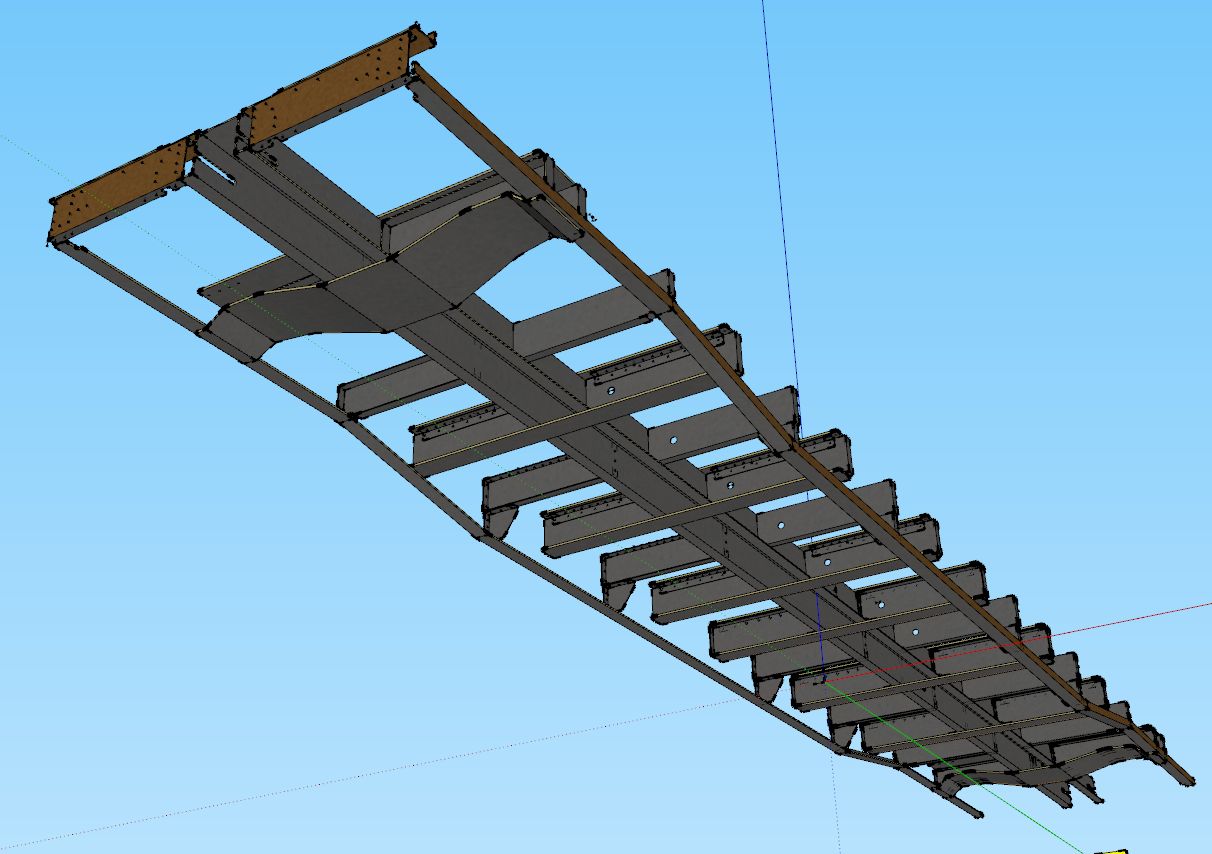
This pattern of mirroring continues on everything else that I'll be adding to this model, from 50 foot sides to 1 inch rivets.OK then, no extant plug-in that does exactly what I need... manually messing with the axis always depends on being able to see the model's axis (seldom occurs) so that's no good for me. I suppose I'm stuck exploding the component and building it new. Sigh... that'll work in many situations but it does expose the drawing elements to other drawing elements, creating the risk of interaction (I have requirements to strictly avoid that).
Thank you everyone for your answers, it helped me understand why this is occurring; absent someone creating a specifically for this situation I guess I'll just continue as I have.
-
I've been watching this thread and have a dilemma in my understanding of your pursuit...
simple flipping and scaling of components helps keep the file size down in a skp...
so any diversion from that principle only makes the skp larger and harder to work with...
is this desire for an 'on export' conversion, as that's a completely different thing that is available for some formats already...
if it's for export, why not say which format you need this for?
john
-
@driven said:
I've been watching this thread and have a dilemma in my understanding of your pursuit...
simple flipping and scaling of components helps keep the file size down in a skp...
so any diversion from that principle only makes the skp larger and harder to work with...
Yes, I am aware of that.
@driven said:
is this desire for an 'on export' conversion, as that's a completely different thing that is available for some formats already...
if it's for export, why not say which format you need this for?
john
I did not think it was relevant but since you asked, .s format. It was designed by KUJU for the 2001 game sold by Microsoft -- Train Simulator. While that game lingers on some 15 years later there is an Open Source replacement called Open Rails that will read the .s files and display those models and textures in-game. My work is for use in Open Rails and I use only Sketchup for 3dcad. An example:
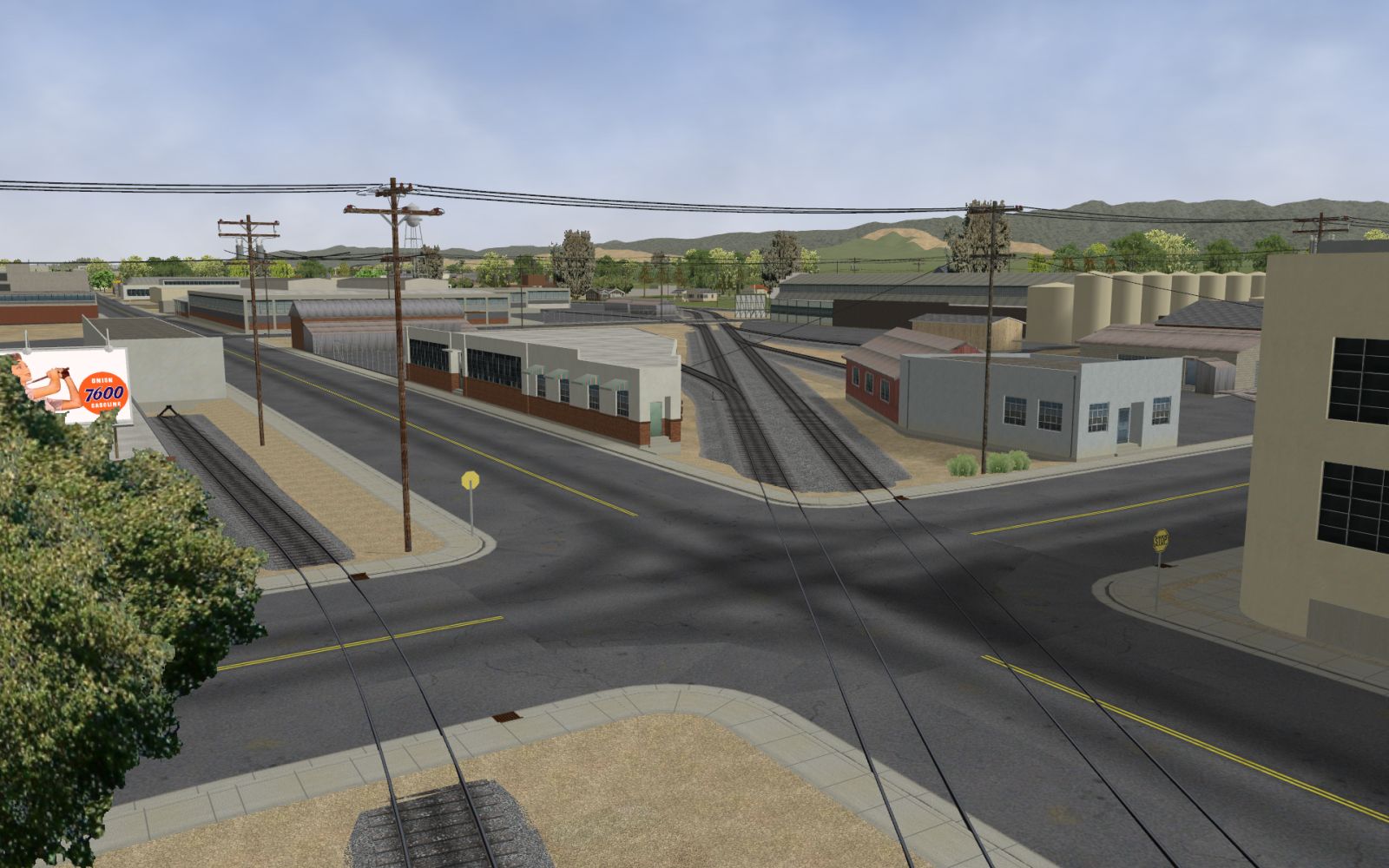
Advertisement








